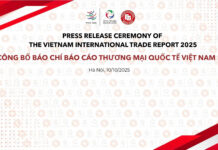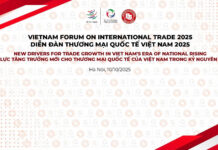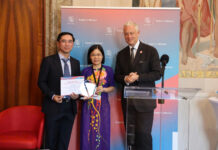Since the inception of the Đổi Mới (Renovation) policy in 1986, international trade has been a primary engine of Vietnam’s economic growth—fueled by advantages such as low-cost labor, abundant natural resources, strategic geo- graphic location, and effective market-opening policies. However, in the current phase of development, such static advantages are reaching structural limits. Competitive labor costs are declining amidst regional pressures, global industrial development is transitioning into a technology-centric phase, and natural resource reserves are increasingly constrained. Simultaneously, growing impera- tives for sustainability, climate adaptation, and evolving global consumer expec- tations have rendered traditional “static advantage” growth models obsolete. To secure its position in strategic global supply chains, Vietnam must be able to comprehensively recognize and harness growth drivers— including both the emergence of new drivers and the renewing of the country’s traditional trade advantages.
Amidst the current wave of overlapping global crises—often referred to as a poly-crisis—international trade must undergo a process of adaptation and struc- tural transformation. Emerging trends—such as next-generation Free Trade Agreements (FTAs), digital trade, sustainable trade, and restructuring of global supply chains—are rising as new drivers. Next-generation FTAs serve as launch- pads for deeper linkages with leading multinational corporations in global supply chains, thereby improving technological absorption, innovation capacity, and resilience. Digital trade—encompassing both digital goods and emerging busi- ness models based on digital platforms and artificial intelligence—offers oppor- tunities to optimize trade performance and logistics systems. Sustainable trade—anchored in commitments related to institutions, labor standards, envi- ronmental protection, and intellectual property—necessitates the reform of do- mestic frameworks to transform such obligations into substantial competitive advantages. Unlike earlier phases, these new forces are not merely passive en- ablers; they are dynamic and must be “policy-activated” by the Government to generate strategic advantage and shape future trade landscapes. Enterprises, in parallel, must adopt proactive investment and restructuring strategies to align with this evolving environment.
In an increasingly volatile and fast-paced world, those who can identify and leverage the “new drivers” of trade are best positioned to shape the future. The current global trade dynamics no longer offer strategic flexibility—they impose a strategic necessity that Vietnam and its business community must evolve to remain competitive. Enterprises must fundamentally reconsider their business models, make strategic investments in technology, human capital, and gover- nance, and embrace a forward-looking market mindset. Only those businesses capable of internalizing external shifts as new sources of competitiveness can assume a meaningful and value-added role in global value chains.
Following the success of the inaugural forum, the 2nd Vietnam Forum on International Trade (VFIT 2) will be held under the WTO Chairs Programme at the Foreign Trade University (FTU), themed: “New Drivers for Trade Growth in Vietnam’s Era of National Rising.” The VFIT 2 will serve as a multi-stakehold- er dialogue platform, bringing together policymakers, academic experts, busi- ness representatives, and international organizations to collectively identify, discuss, and co-create transformative growth drivers amid a rapidly evolving global landscape. The Forum aims not only to share knowledge and best prac- tices but also to build a meaningful academic–policy voice, contributing to the vision of a fairer, more resilient, and sustainable international trade environ- ment for Vietnam.
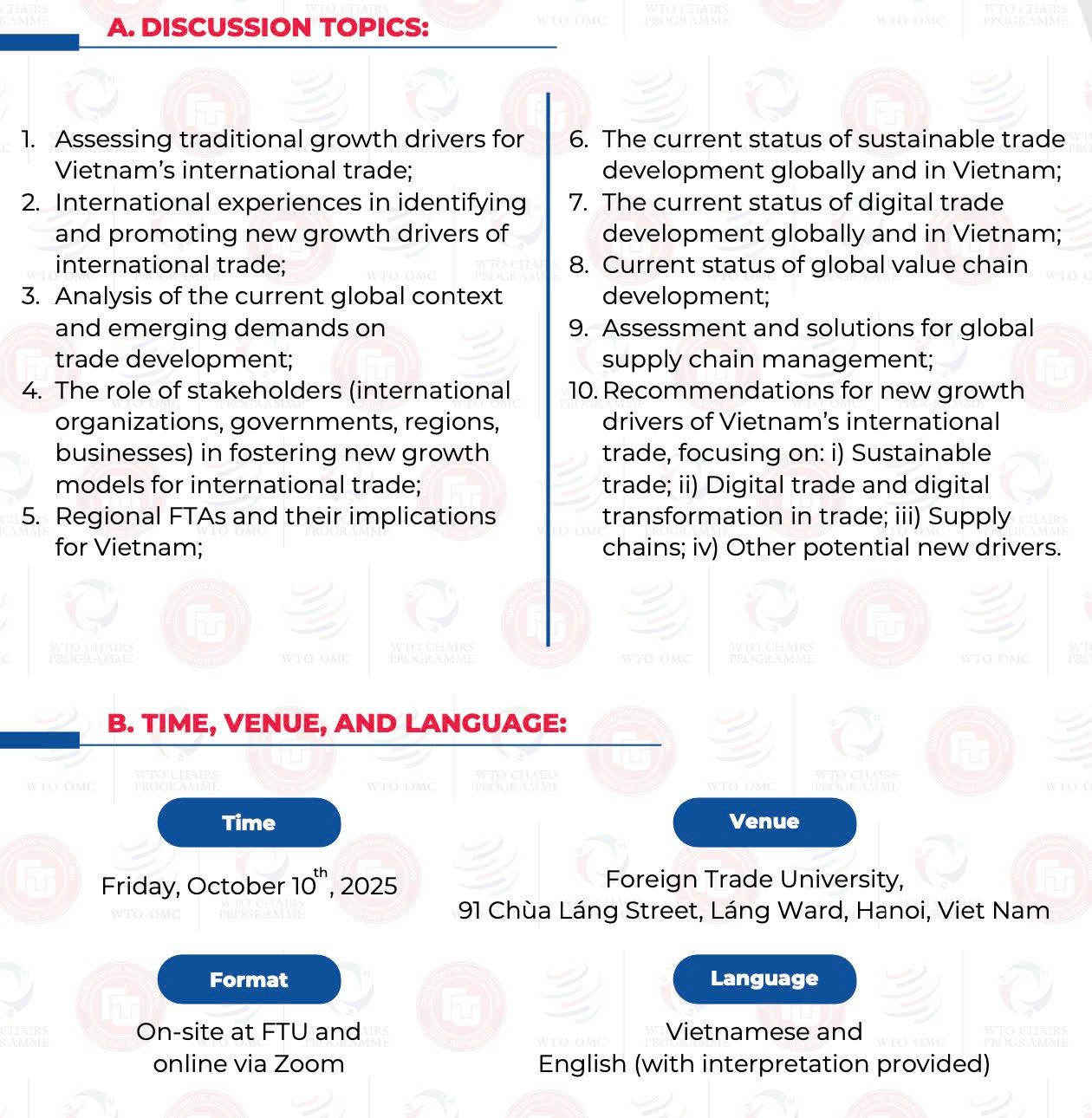
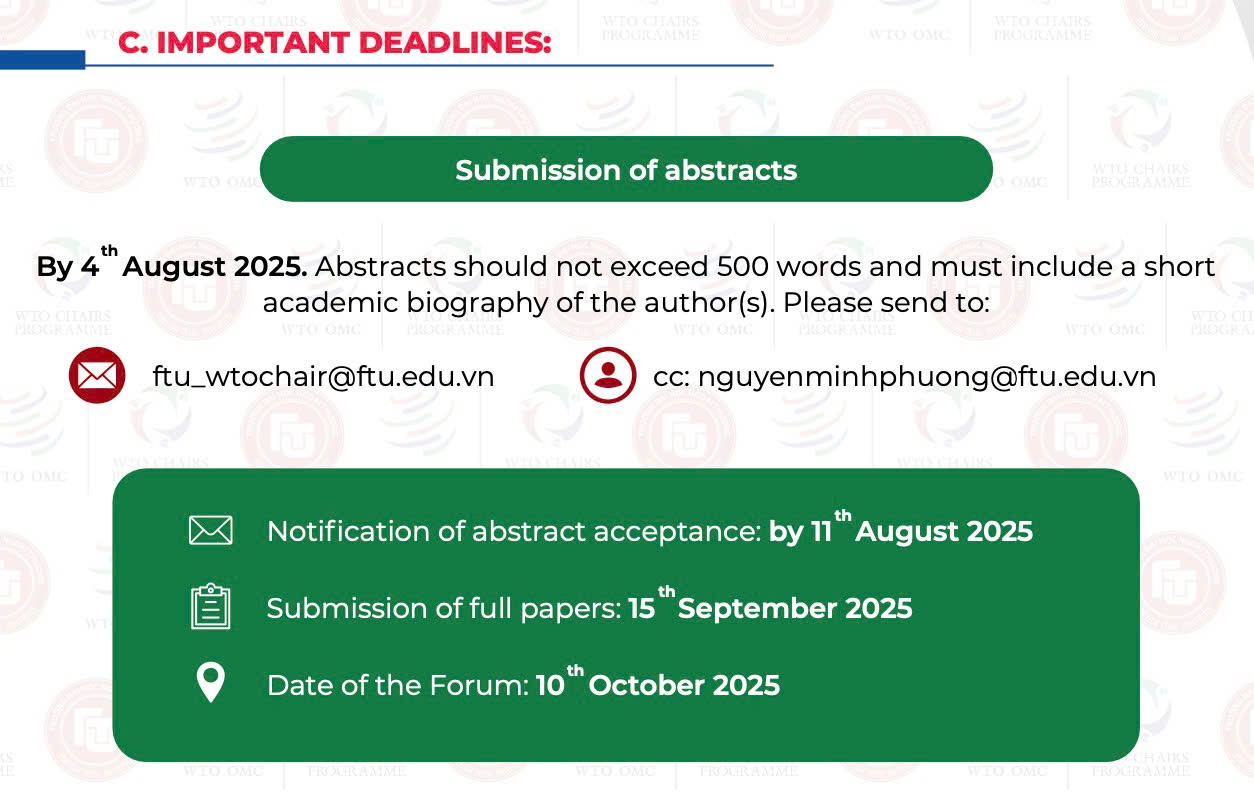
Please see details here: VFIT 2 CfP ENG _ Ex


